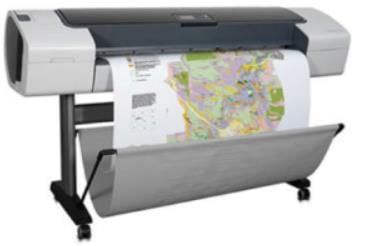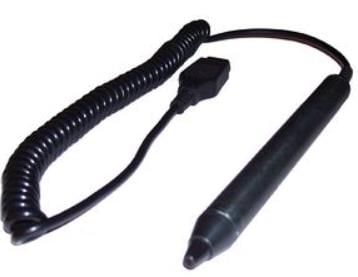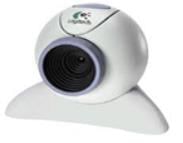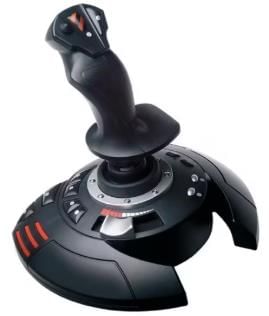Olympiad Test Level 2: Fundamentals of Computer - 2 - Class 3 MCQ
10 Questions MCQ Test - Olympiad Test Level 2: Fundamentals of Computer - 2
Match the components given in column-I with their functions in column-II.


Identify the jumbled words. To which category do these words belong? (i) ATEBLT (ii) PTALPO
Suppose you have performed the following calculations in the computer:
20 + 40 = 60
2 * 3 = 6
8/4 = 2
In which part of the CPU are the outputs: 60, 6, and 2 stored?
All the processing of a computer is controlled by a small chip placed on the motherboard. Which of the following devices functionality is also controlled by a small chip?
Plotter is an ____________ Device.

What is the function of light pen?

Smartphones have gained immense popularity in the last few years. You can do almost everything on a smartphone that you used to do on desktop PCs. Which of the following tasks CANNOT be performed on smartphone?
Printer, Scanner and Flash drives are devices that are attached with a computer to provide some basic functionality. They are not the essential part of a computer but yet are quite useful. Which of the following terms can be used for these devices?
Identify the object in the image?






















